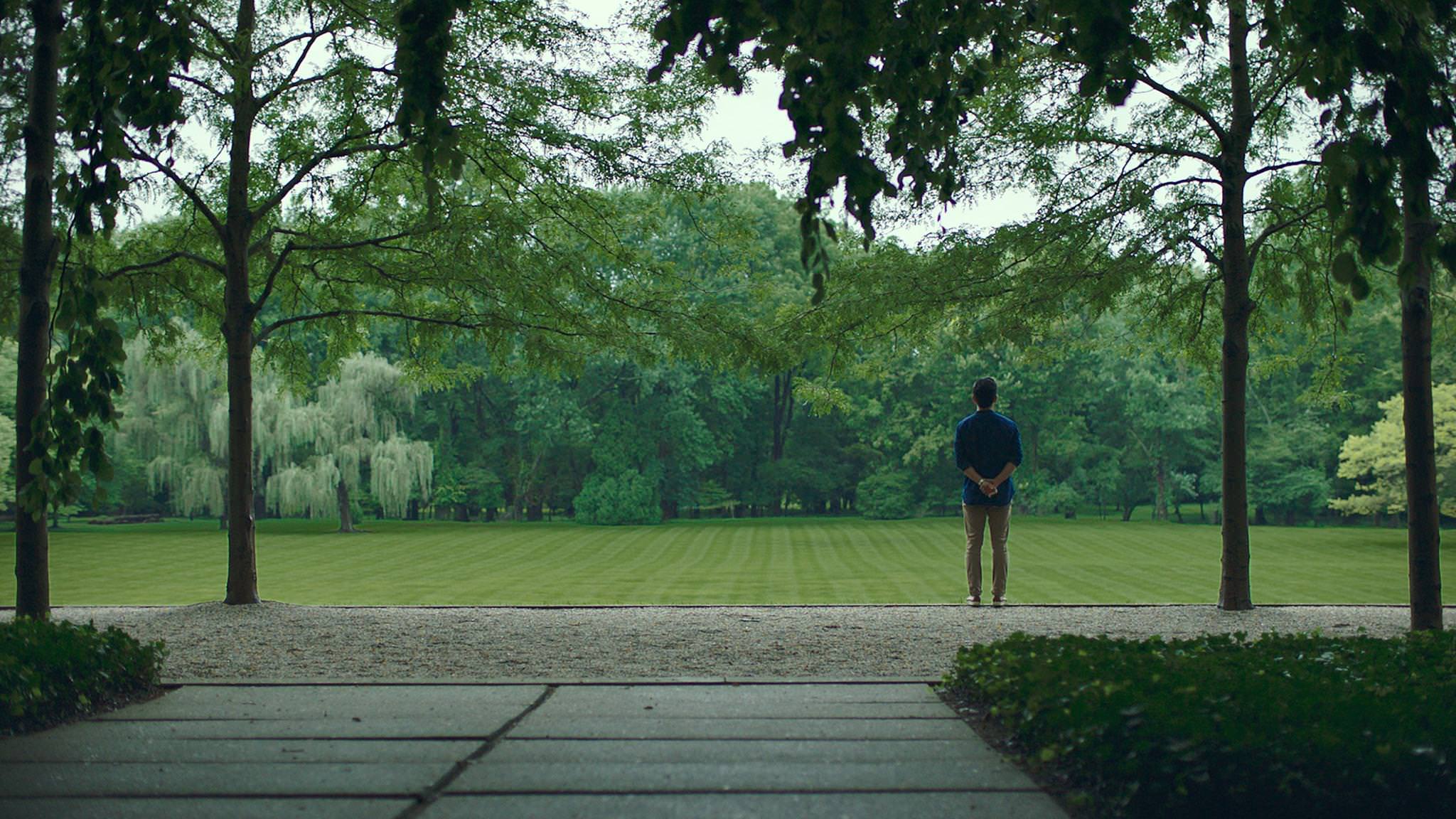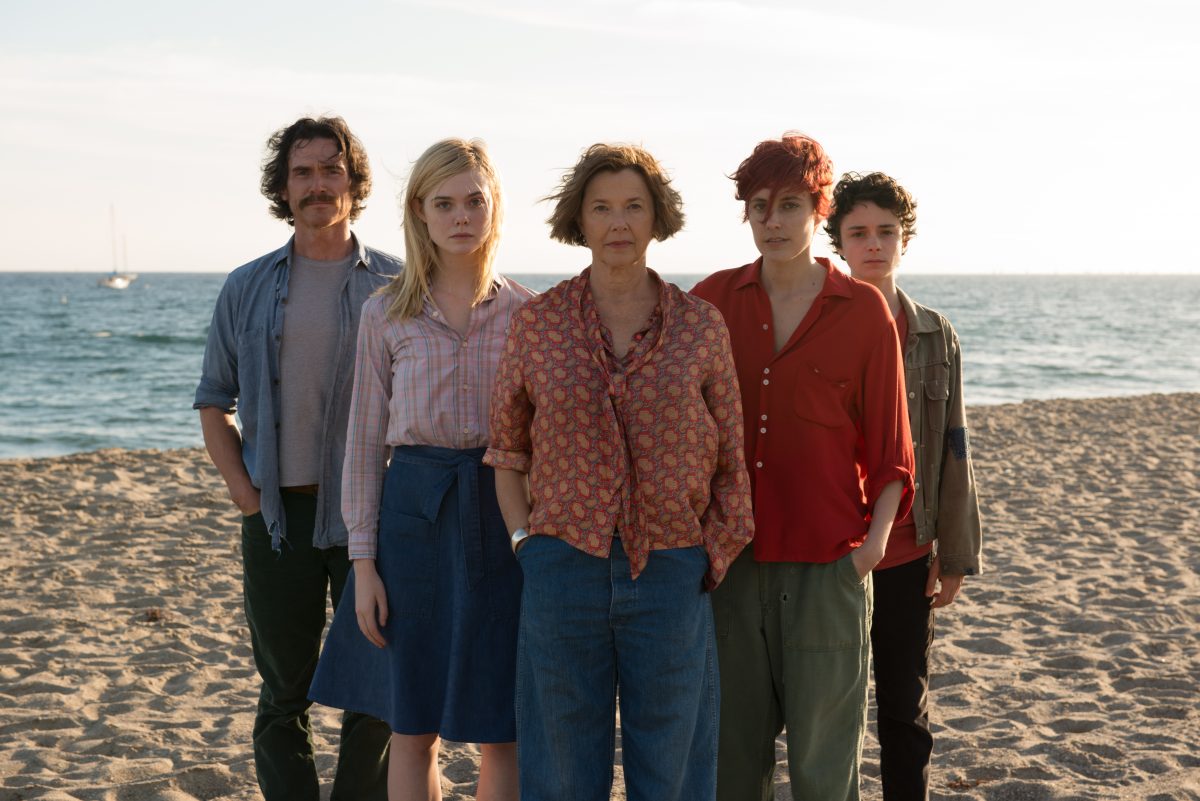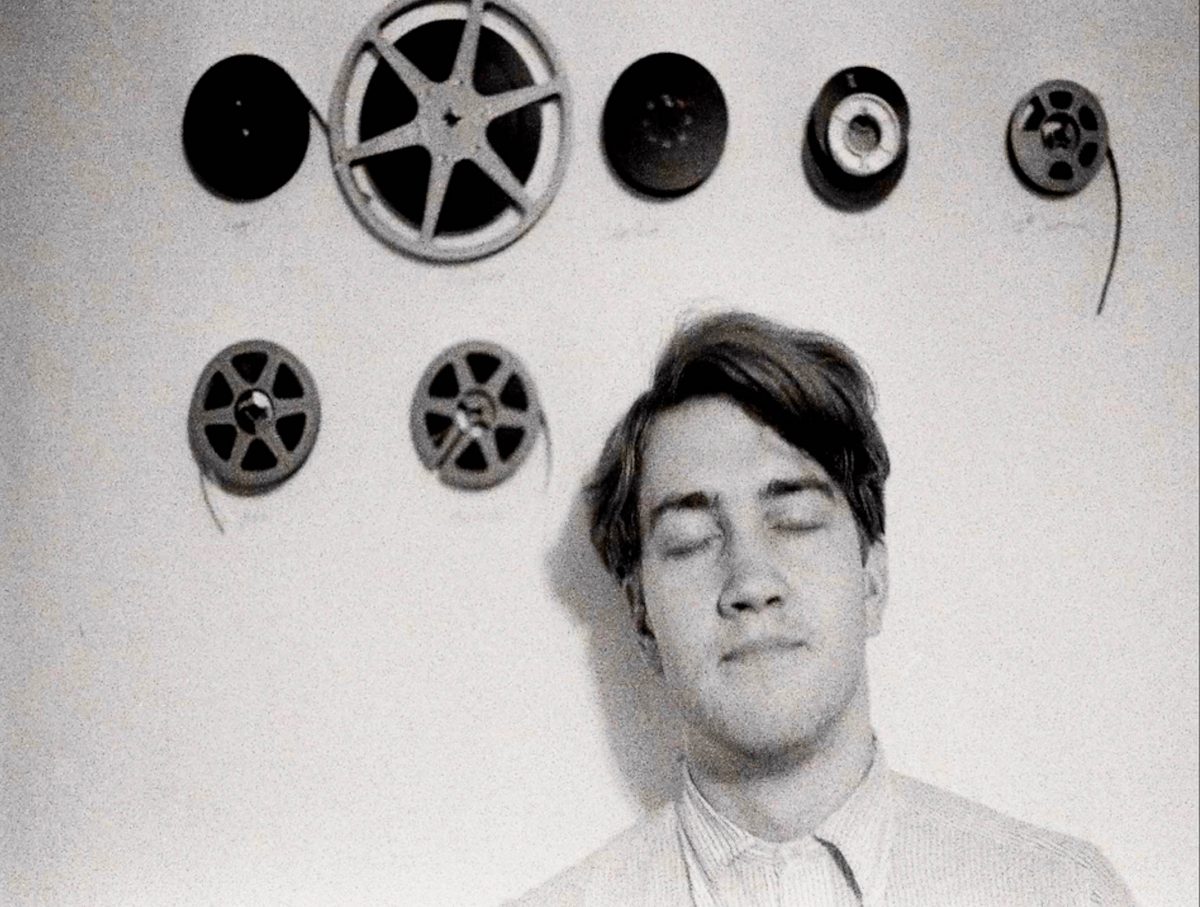
American essentials: small is good
Now in its second year and launching in Sydney this week, the American Essentials film festival brings together an eclectic program of new features, documentaries and classic retrospectives. From Oscar winner Mike Mills’ 1970s-set family drama 20th Century Women, new South Korean-born auteur Kogonada’s intimate romance Columbus and the 1977 Jed Johnson New York comedy Andy Warhol’s Bad, to a new documentary on the visual art of David Lynch, the program traces a rich tradition of restless independent filmmaking. I caught up with American Essentials Artistic Director Richard Sowada to discuss the shifting landscape of festivals and independent cinema, and what the Australian film industry can take away from the work showcased in the program.
LG Like last year’s program, it seems we’re seeing smaller films here that tend to fall through theatrical and festival cracks.
RS They’re becoming rarer to see on any kind of release, these films, because the industry is perhaps losing a bit of trust in the audience, and wanting to take fewer and fewer chances.
LG Is it more economically viable for distributors to bundle these films into a festival, because individually they won’t make money? Is that the mandate?
RS Well, it’s not the mandate but it’s certainly the situation. The mandate behind festivals like this is to bring to light films that would not ordinarily be screened. Often what happens is that film festivals will find themselves going to the traditional marketplaces—Berlin, Sundance, Cannes, Toronto, Rotterdam—and then everything else falls in behind that. So the gene pool of films internationally, at film festivals, is largely from the same source.
LG Do you think these types of festivals are making up for a lack of local arthouse and repertory cinema, especially in Sydney?
RS Yes, the film festivals are filling that gap in screens around the country. There’s a film in American Essentials called Columbus, which is great; but because of its more niche nature [“an architectural appreciation symposium grafted onto the skeleton of a fairly typical Sundance drama,” Jordan Hoffman, Vanity Fair, EDs] I guess business backs away and it’s left for the festivals to screen. But what do you call ‘niche’? Is it the kind of person that you think will see the film, or is it the number of people who will come and see it? My general feeling, as a curator observing the industry, is that people in the industry—whether they’re producers, funding agencies, exhibitors, distributors or even punters—will call something niche if they don’t understand it. In my opinion, the more tailor-made you make the suit, the better it looks, and the more people look at it and go, “Oh wow, that looks cool.”
LG Shouldn’t distributors be creating that need for audiences to see the good films?
RS Yeah. It’s kind of a Catch-22 in many ways, in that these films aren’t being selected for commercial release because films like them have been selected before and failed. The next hit is based on the last success—not the current good idea. It’s a constantly backward-looking industry, and I think that the film sector is suffering from that to a degree, and has been for a little while—with the added pressure now of the Netflixes and the Amazons. The industry is going to have to retrain itself to change its perspective.
LG You’ve talked in the past about the nature of these American independent films, and how they’re not defined necessarily by the size of the budget but by their spirit and ideas. There’s a through-line in American independent cinema that we see in the work here, from the micro- to mid-budget to everything in-between. What can Australian filmmakers take away from this? Why aren’t they making work in this tradition, irrespective of the smaller size of the country?
RS That’s a good question. One [lesson] is you’ve just got to take a risk. Don’t compromise on the idea thinking, ‘Oh, if I go too hard here people won’t get it,’ or ‘No one will buy it.’ People like to be looked in the eye and spoken to directly.
LG Do you think funding bodies affect that grasping for broad audience reach? Is that an outmoded thing? How does it change?
RS Yes, yes. It does come from the funding agents, but it’s not just their fault. It comes from the lack of motivation [from filmmakers], to a degree, or a lack of trust in themselves. And the way that it always changes, every single time—I’m saying with a very broad brushstroke—is by doing it, the breakthrough. As soon as there’s something that busts through with its chest out and its legs kicking, people look at it and go, ‘Oh fuck.’ And that becomes the new norm. And you can throw in so many American examples of that, be they Kevin Smith (Clerks) or Tarantino or Kelly Reichardt.
LG Reichardt’s a great example, because her films, especially the earlier ones, are very low budget—but the ideas are there and the filmmaking’s there. You can’t blame a lack of money or infrastructure or whatever; there’s something else going on.
RS No, you can’t. And when you look at them—we screened Reichardt’s first film, River of Grass [1994], last year—they’re fucking incredible. But that is part of a tradition that includes Dennis Wilson’s Two-Lane Blacktop [1971]. It’s a continuum that can be charted through the individuals and through their ideas.
LG Do Australian filmmakers lack that continuum to draw upon and be a part of?
RS Well, yes and no. There is a big gap, no question, in Australian cinema in the 50s and early 60s. But that’s its own wellspring as well; you don’t necessarily need the traditions of cinema; you need to be in tune with what is around you, in your environment, including cinema. But I think that in Australia—very broadly—there is a lack of understanding of the traditions of international cinema. You know: here are the masterworks—let’s look at the Capras, the Maysles and the Pennebakers, and let’s look at the Bergmans and the Wellses.
LG You do sense this a bit with Australian filmmakers. And again, it’s not their fault necessarily, it’s this culture that doesn’t encourage seeking things out. Although America has the benefit of having very rich cultural channels through which to investigate cinema history, I don’t know if that’s the result of training or schooling in cinema.
RS It’s a lot of everything. But ultimately it’s up to the individual. You can talk about the funding agencies and the educational institutions, but it’s up to the individual. If you are into it, then you are into it, and there’s no stopping access, and there’s no stopping reading about the history, and there’s no stopping experiencing or imitating it. All you need is the motivation to dig into the roots. Musicians do it all the time.
LG And we’re in a moment where you have access to more media than ever before.
RS True. I don’t know what it is; it’s kind of like second-guessing the audience, thinking, ‘How can we sell this film,’ rather than ‘What is this film about?’ Again, I think that filmmakers suffer from the same kind of things that distributors may—and I’m not saying that all do—in that the next film is about the next success, not the current good idea. So that’s one of the takeaways. And it’s easy for me to say, but I wasn’t given my life in the arts. I had to really live it. Don’t be afraid. And look at the traditions.
A leading film curator and screen culture advocate, Richard Sowada is the founder and director of the Revelation Perth International Film Festival (1997-present) and was Head of Film Programs at ACMI (2006-15).
Palace Cinemas, American Essentials Film Festival 2017, Artistic Director Richard Sowada, launching Sydney 9 May, Melbourne 11 May, Canberra 16 May, Brisbane 17 May, Adelaide 18 May
Top image credit: Columbus








